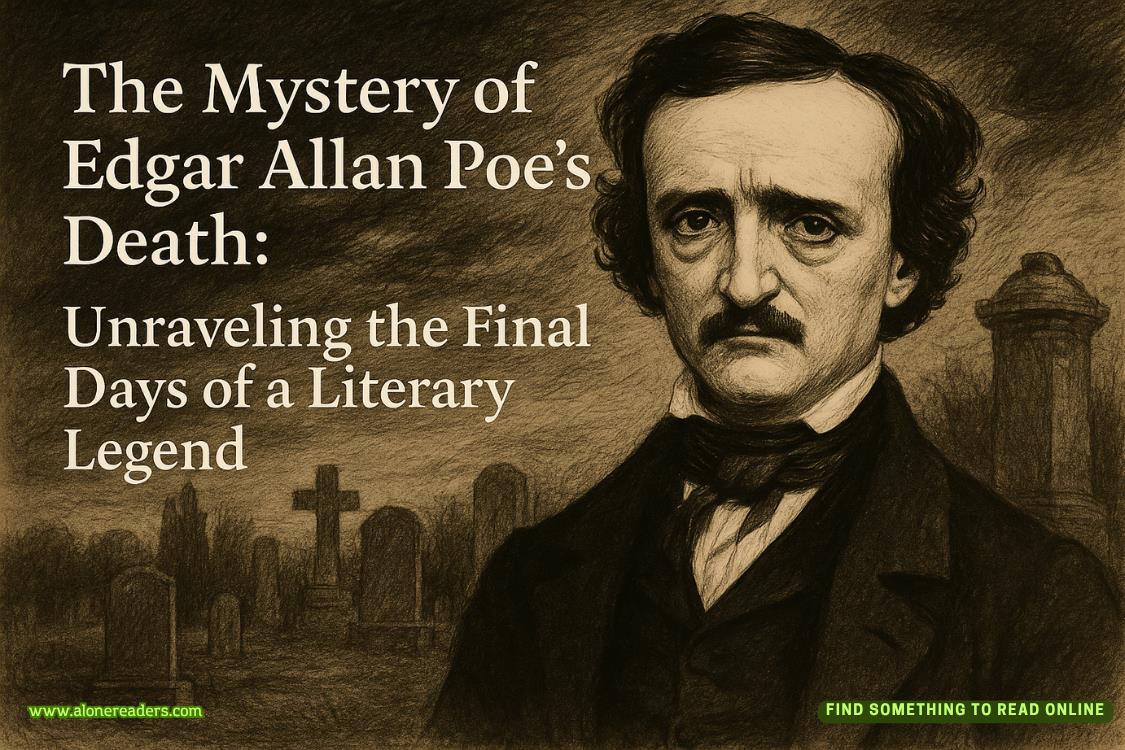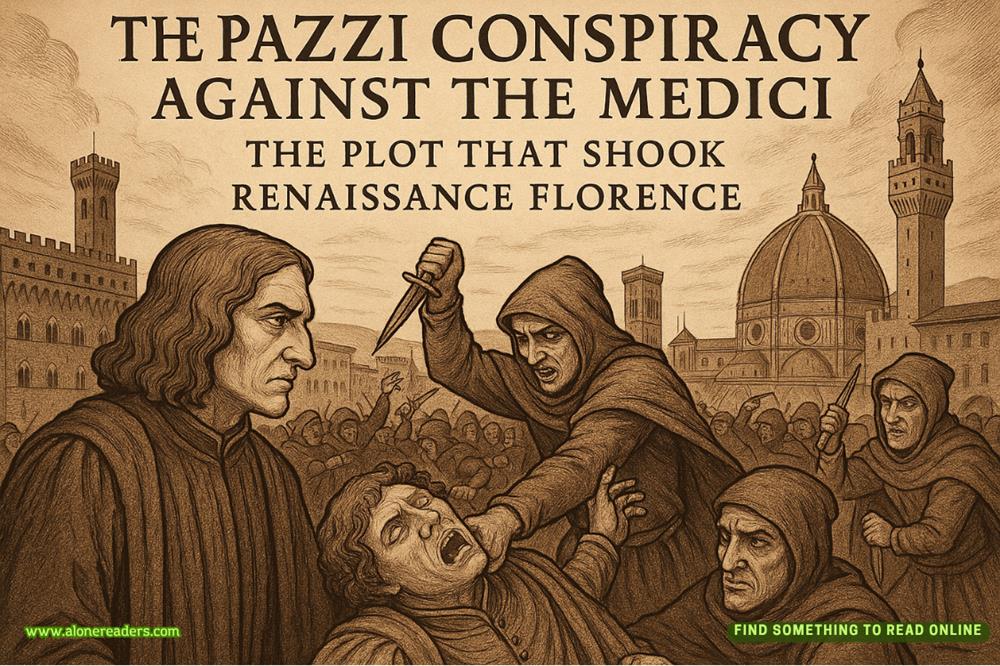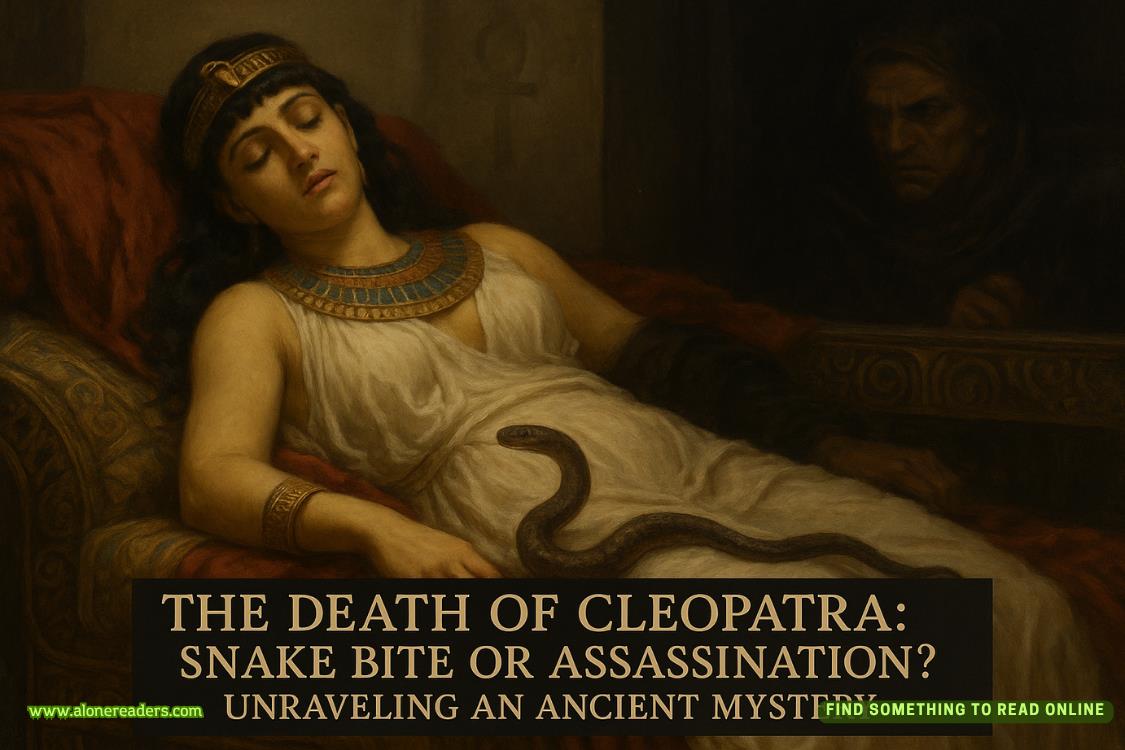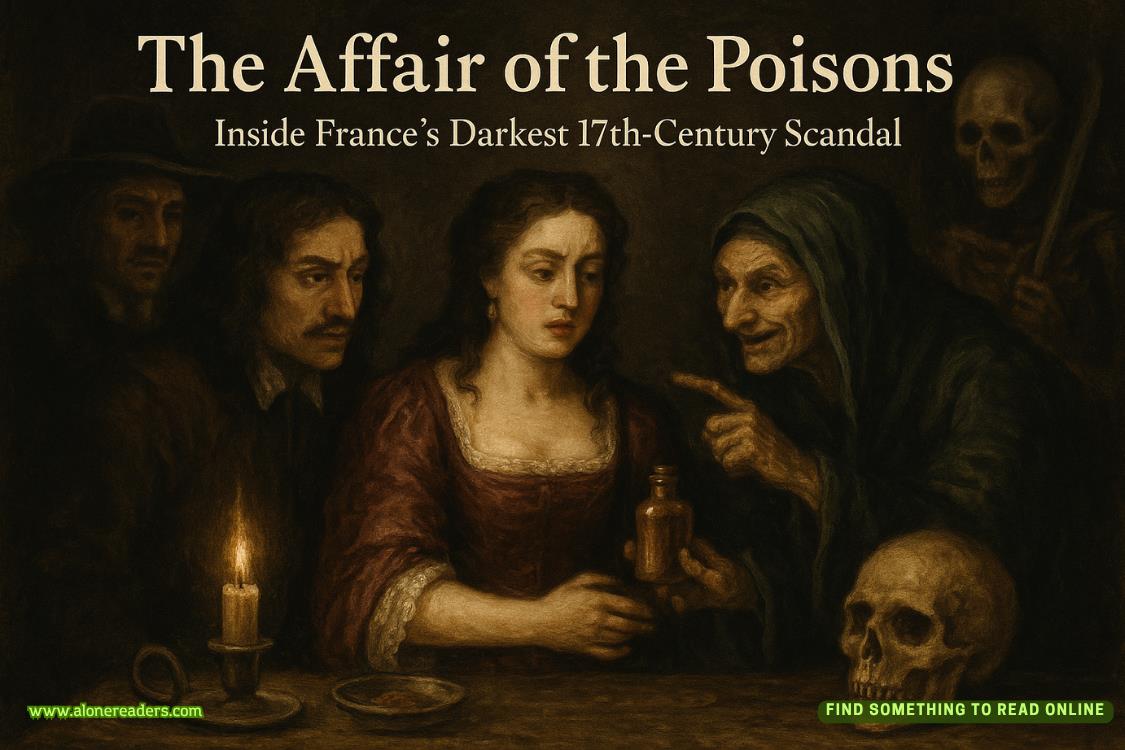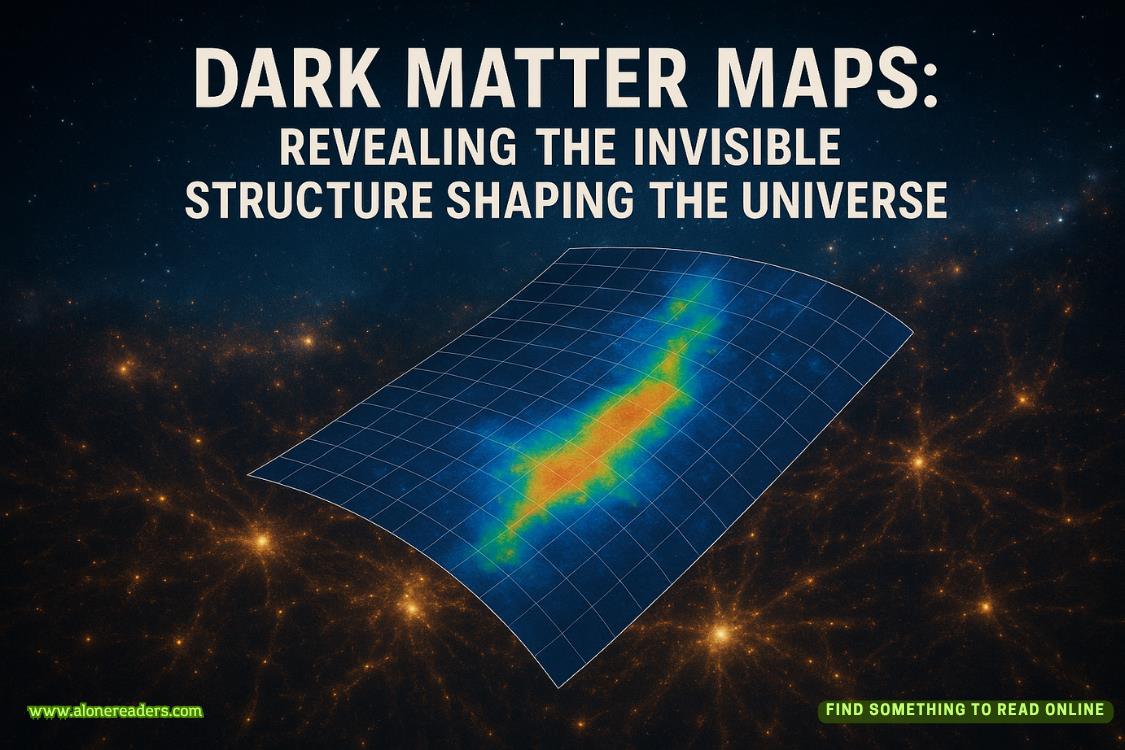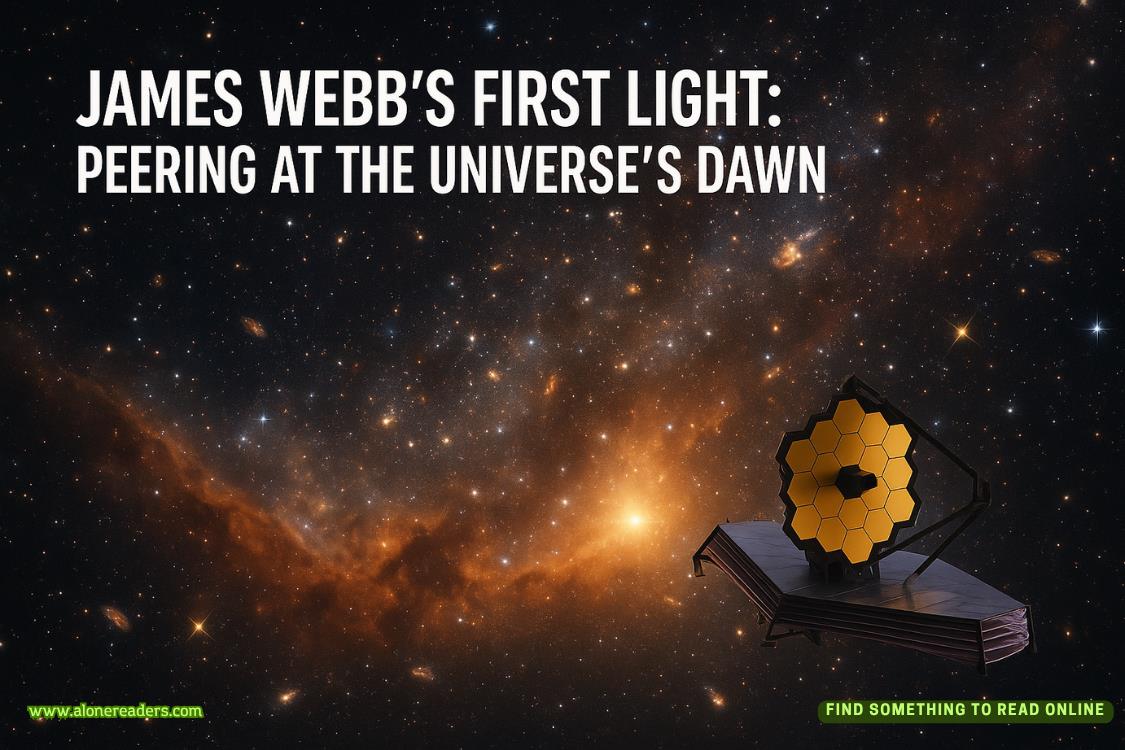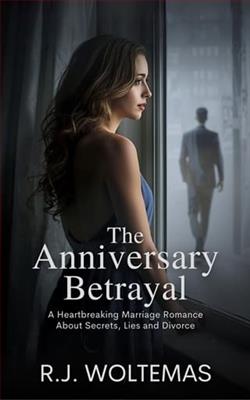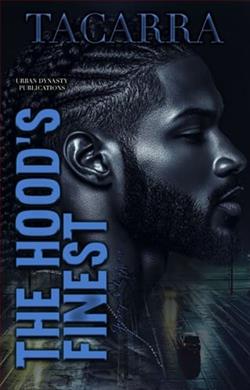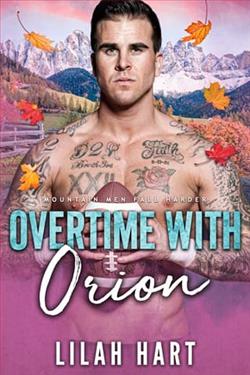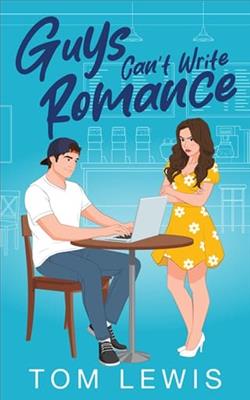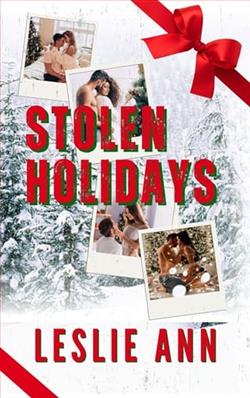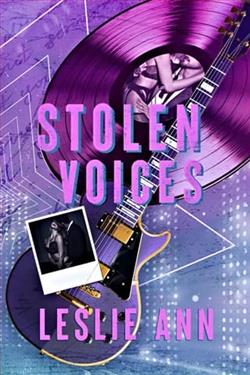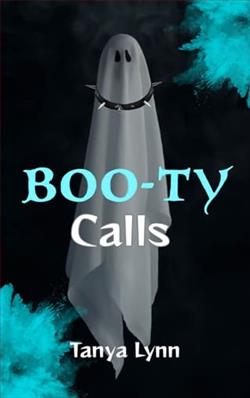Page 54 of Triplets for the Pucking Playboys
She’s smooth. The second her skates hit the ice, she’s pure grace—no wasted motion, just a gliding line from point A to point B. I go easy on the start, thinking I can catch up at the turn, but she’s smarter than that. She hugs the boards, uses the angle, and by the time we hit the midpoint, I’m barely even with her. I dig in, put my weight into the last stretch, but she slips ahead, one clean stride, and beats me by a full skate length.
She throws her hands up in mock victory, then circles back to me, cheeks flushed, breath coming quick.
“Easy money,” she says, voice low.
I pretend to be winded as I hand her the cash. “I let you win.”
She looks at me, really looks, and shakes her head. “You never let anyone win. Not even me.”
We skate a slow lap, not talking, just pacing each other. The noise on the ice softens as the kids thin out, some heading to the snack bar, some to the stands. I watch the way her shoulders relax, the way her stride settles into something effortless. She’s in her element here, away from the corporate bullshit and the constant threat of exposure. I wonder if I am too.
We head back to the bench.
“You ever think about leaving?” I ask. “Just…quitting the circus?”
She stares at the ice, then at the chaos in the stands. “All the time.”
“What would you do?”
Sage chances a glance my way, and there’s a wry, wistful smile on her lips. “Open a coffee shop. With donuts and exactly zero hockey players allowed.”
I try to picture it: Sage in an apron, pouring espresso, handing out pastries. I can’t.
She nudges me with her elbow. “You?”
“I’d teach. Coach juniors, maybe. Somewhere nobody cares about the standings.”
We stand there, side by side, and for the first time since I don’t know when, I feel like we’re both telling the truth.
The hour passes fast. The kids swarm again, this time in smaller clusters, begging for photos or autographs or just a quick lesson in how not to fall on their asses. I sign hats, shirts, one cast, and then show a kid in mismatched skates how to tie a double knot that won’t come undone. Sage works the edge of the rink, patching up scraped knees and giving out ice packs with the same ruthless efficiency she brings to the big leagues. Every so often she glances my way, and when our eyes meet, it’s like the rest of the world blurs out.
At the end of the session, the event coordinator lines everyone up for a group photo. I wind up next to Sage, our shoulders pressed tight. Someone hands us a banner, and we hold it together, grinning like idiots for the camera. The moment the flash goes off, I feel her hand slip from the edge of the banner to my wrist, just a quick squeeze, then gone.
Afterward, I help her load the medical supplies into a plastic bin. She peels off her gloves, flexes her fingers, and laughs at something I say, a real laugh, the kind that vibrates in my chest long after the sound fades.
“Thanks,” she says, slamming the trunk shut. “For today.”
I don’t know if she means the race, the banter, or just not being a total asshole for once.
“Anytime,” I say.
She looks at me, eyes shining. “You’re a better person than you think, Kingston.”
I shrug. Just then, a volunteer coordinator with a clipboard waves me down before I can follow Sage with something about a last-minute request for player autographs near the raffle table. I share a half smile with her, a silentsee you later, and then head left while she goes right.
By the time I find her again, it’s already noon.
The school nurse’s first aid station is really just a fold-out table at the end of the corridor, stacked with single-serve packets of Advil and generic Band-Aids. Someone has dropped off a bag of ice packs, the chemical kind that crackle and hiss when you twist them, and a roll of neon pink kinesiology tape that matches nothing in the building. Sage is already there when I walk up, knuckle-deep in a kid’s torn skate boot, talking him through the process of not panicking while she unsticks his socks from the bloody heel. I watch her work. She’s in the zone, voice steady and soft, hands quick but careful, as if the only thing in the universe is this ankle and the exact right amount of pressure to keep it from blowing up like a balloon animal. The kid sniffs and rubs his nose, looking everywhere but at the wound. Sage rips open a wipe packet with her teeth, dabs at the blood, and gives him a lollipop before the words “all done” even leave her mouth.
I take a spot on the other side of the table and start fielding questions from parents. Mostly they want to know if their child will ever skate again, as if we’re the gatekeepers of Olympic dreams and not just two idiots armed with low-grade Tylenol. Sage lets me play the expert for the first few cases, but then a kid comes in with a lace bite so gnarly even I wince, and suddenly it’s all-hands-on-deck. We work side by side, bumping elbows, herpassing me tape or scissors before I even ask. Every so often our fingers brush, just for a second, and each time the jolt travels up my arm and settles in the back of my throat. She never looks at me when it happens. But I know she feels it, because her jaw sets and her eyes flicker left before she turns back to the next patient.
The rhythm of it is soothing. I can forget everything for a minute—the pressure, the endless scrutiny, the knowledge that someone is probably filming this for a ten-second TikTok that’ll haunt me until I retire. Here, we’re just two people fixing things. It’s almost easy.
Sage cracks her knuckles after the rush dies down, then starts sorting the supplies. She peels off a glove, wipes her forehead with the back of her hand, and gives me a look. “You’re good with kids.”
I smirk. “Better than with adults. Adults are just kids with worse tempers and more money.”
She nods like this is a proven theorem, then says, “How’s the quad?”
